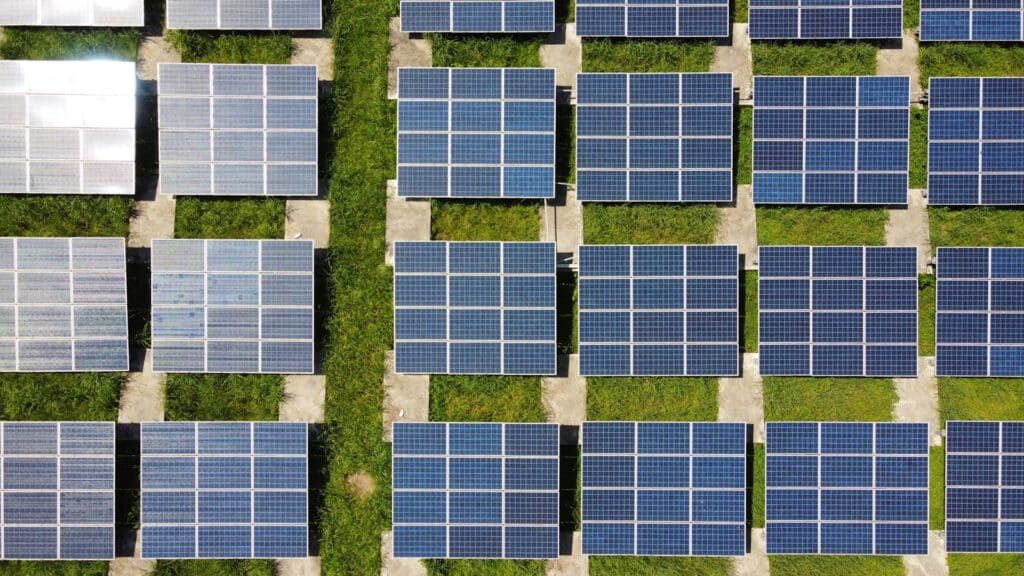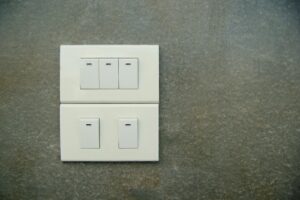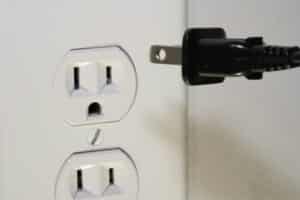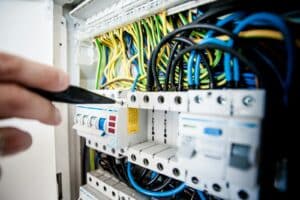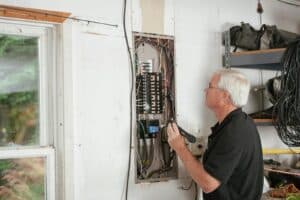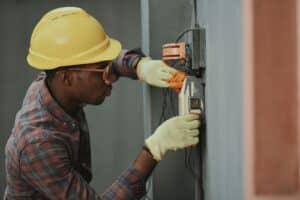Improve Energy Efficiency With Commercial Electrical Upgrades to reduce operating costs and emissions by targeting the biggest electrical loads first. This roadmap prioritises lighting, controls, HVAC integration, and power quality so savings show up quickly on utility bills without compromising comfort or safety. Pair quick wins with data logging for continuous improvement, and engage tenants and staff with simple controls to lock in behavioural savings alongside capital upgrades.
Steps On How To Improve Energy Efficiency With Commercial Electrical Upgrades
1. Start With Measurement and Baselines
Install temporary loggers or use your building management system to capture load profiles. Identify peak demand drivers and after‑hours waste. Baselines make ROI clear and validate savings post‑project.
2. Upgrade Lighting and Controls
Retrofit to high‑efficiency LED with appropriate optics and colour temperature. Add occupancy/daylight sensors, scheduling, and area zoning. Commission properly to avoid over‑lighting and ensure user comfort.
3. Optimise Power Quality and Demand
Introduce power factor correction and phased starts for large motors to trim demand charges. Consider VFDs on fans and pumps and review harmonics that may affect sensitive equipment.
4. Integrate Renewables and Storage
Evaluate solar PV, battery storage, and EV charging with load shifting strategies. Align exports/charging with tariff windows and resilience goals to maximise financial returns and uptime during grid events.
5. Maintain and Re‑Commission to Improve Energy Efficiency With Commercial Electrical Upgrades
Clean fixtures, recalibrate sensors, and re‑commission controls annually. Small drifts can erase savings; periodic tuning keeps systems efficient under changing occupancy patterns.
Pro Tip: To improve energy efficiency with commercial electrical upgrades, fund projects through energy savings performance contracts or rebates where available—cash‑flow positive upgrades are easier to approve.

